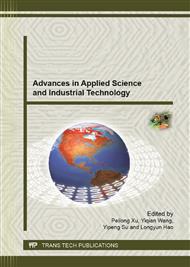p.263
p.267
p.272
p.276
p.280
p.286
p.290
p.294
p.298
Optimization of the Product of Strength and Plasticity of Hot-Stamped WHT1300HF High Strength Steel
Abstract:
The quenching and partitioning (Q&P) process was performed on high strength steel WHT1300HF at 250-350 °C for 30 to 90 s, respectively, for the improvement of its product of strength and plasticity (PSP). ε-carbide precipitation was observed in all the specimens partitioned at each temperature for different periods of time due to inadequate amount of Si in the composition of WHT1300HF steel. The volume fraction of retained austenite at room temperature in the partitioned specimens is extremely low due to the lack of carbon enrichment in untransformed austenite at the partitioning temperature as a result of the carbide precipitation. The decrease of tensile strength and increase of elongation are caused by the partitioning treatment, a maximum value of the PSP (17.6 GPa%) is achieved by partitioning at 300 °C for 60 s.
Info:
Periodical:
Pages:
280-285
Citation:
Online since:
September 2013
Authors:
Keywords:
Price:
Сopyright:
© 2013 Trans Tech Publications Ltd. All Rights Reserved
Share:
Citation:


